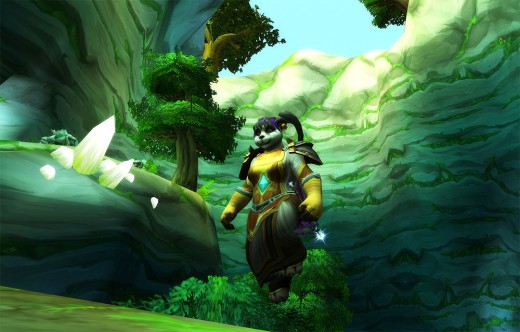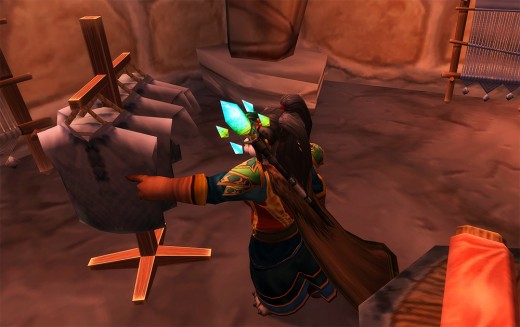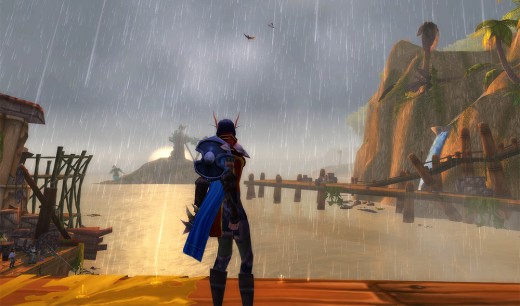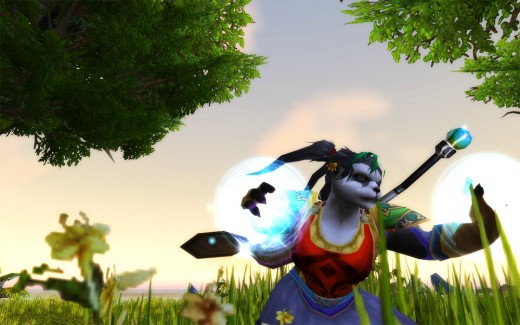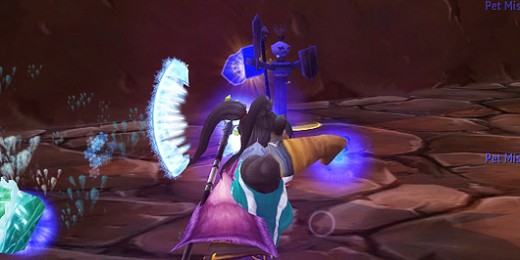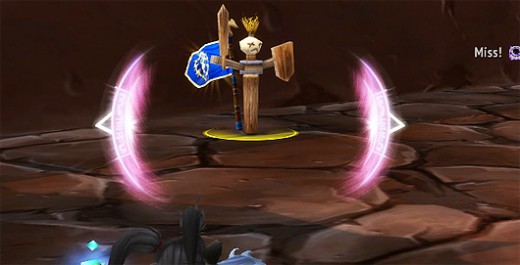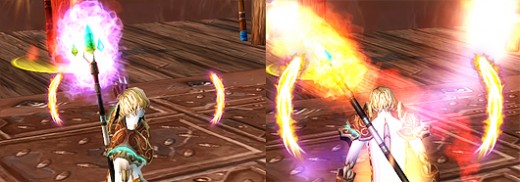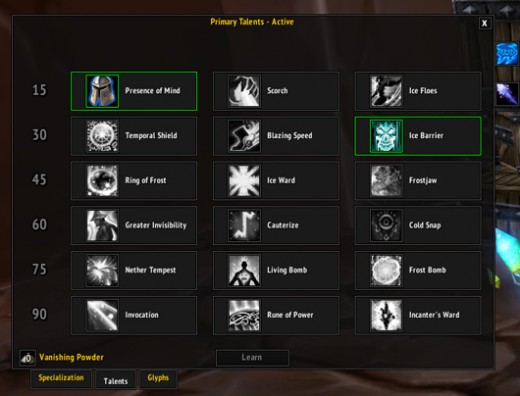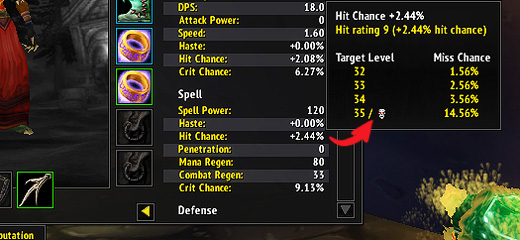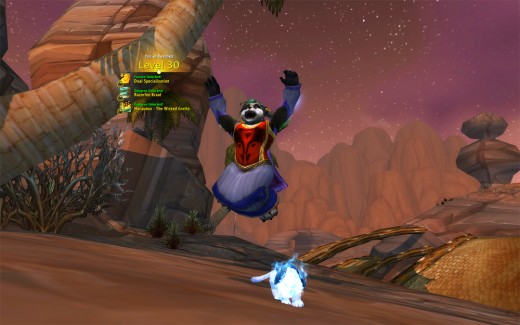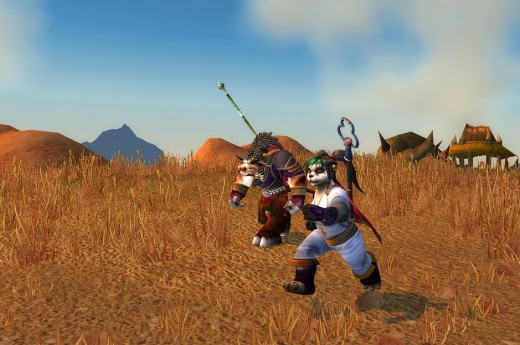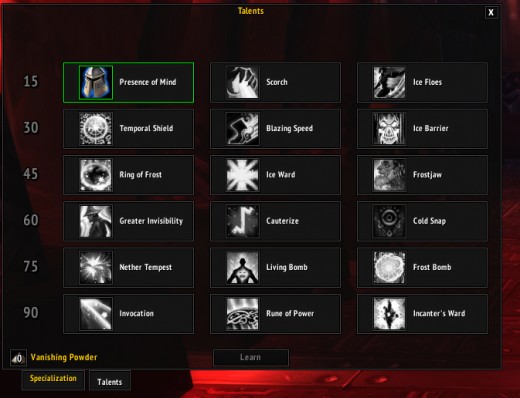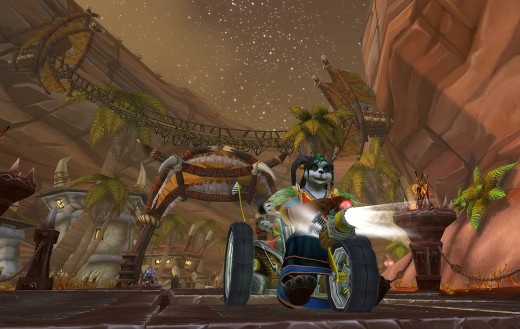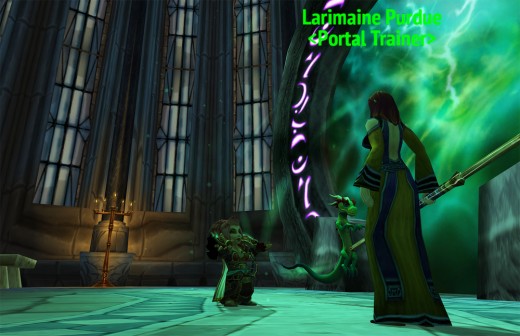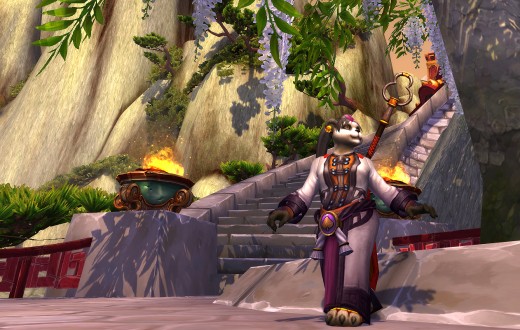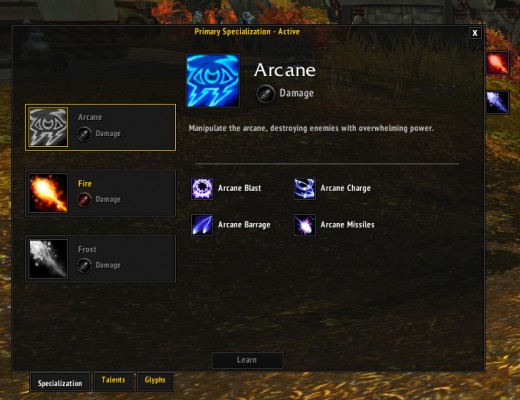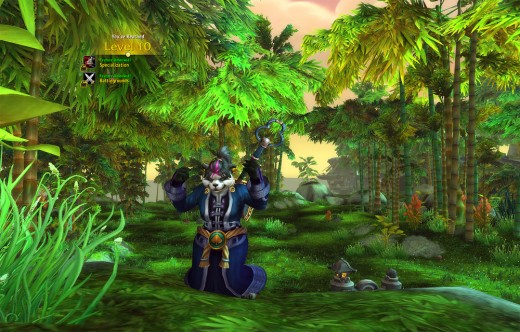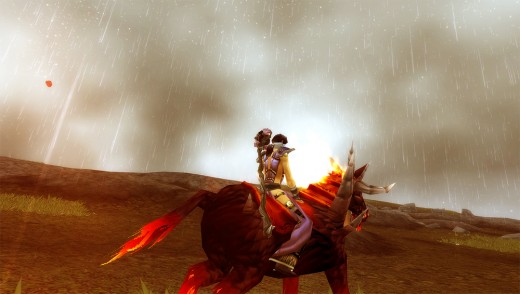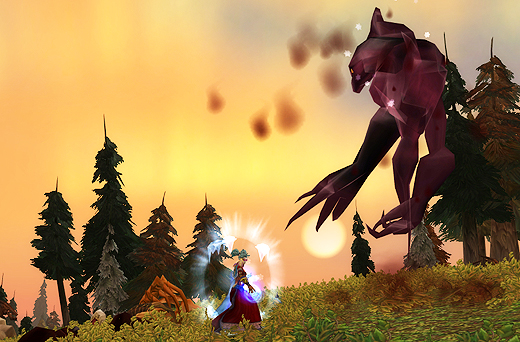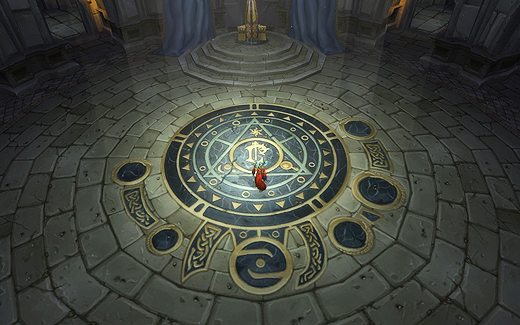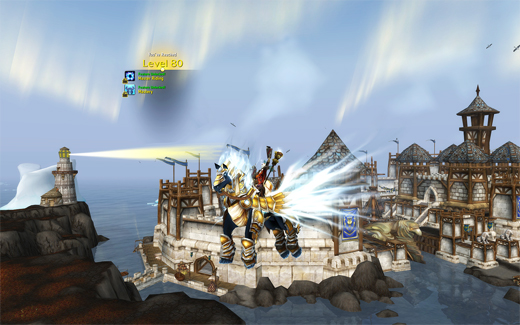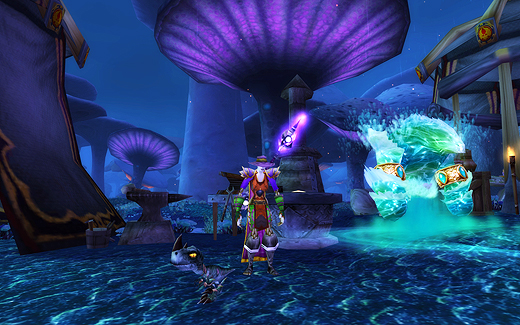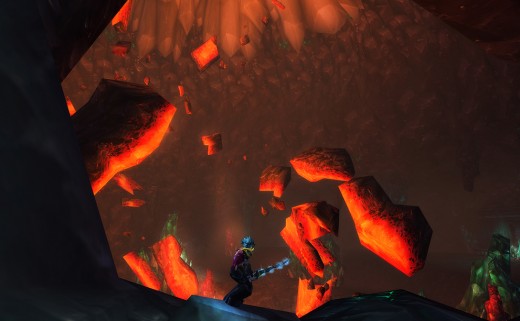
You’d never be able to tell now but in high school I was a cross-country runner and skier. Most of the long-distance game was actually mental, not physical. Training gave me the endurance and muscles, speed but nothing ever prepared me for spending long chunks of time inside of my head keeping myself motivated. I had to do whatever it took mentally to keep one foot in front of the other, especially when all my body was doing was telling me, “Stop. Just rest a second. Just slow down.”
When the rain was running into my eyes or when my lungs were burning, the little voice got louder and I had to focus on some meaningless phrase on repeat or the rhythm of my footsteps. There were no shortcuts here, just myself and the road and I wasn’t going to let the road beat me.
—
While I don’t think that playing World of Warcraft is even in the realm of marathons, I’ve always thought of myself as a decent solo player. I do things alone a lot as a way of focusing on a task or giving myself space and time to clear my head out. I’ve always had the tether of a guild or other people if I wanted to go do something else, so it’s been really interesting to have very little of either. For the past week or so I’ve been soloing dungeons on a death knight, on a server I have no guildmates on, just to see if I could.
The project started out very pragmatically last Christmas, where I rolled up a death knight one night because my friend told me that a guild had just transferred to Mal’ganis and were letting anyone in for free to get to exalted with the guild and buy the guild raid meta achievement mount. I created a death knight, not because I knew how to play one but because the mount required being level 85 and I figured that the shorter distance for leveling would be fine. I got exalted pretty quickly with the guild and bailed, and the death knight got left to rot with a nice mount sitting in her bags.
It’s hard to force myself to play something I don’t innately understand and I had better things to do, especially when most of early Outlands consisted of level 90s from Kel’thuzad smearing my already twice-dead corpse from the Dark Portal and back.
Now that we are a whole year later and I’ve run out of stuff to do with this expansion, my vigor for leveling alts has returned once again, especially with the recent change to Bind on Account items. The mount sitting in my death knight’s bags started calling to me, as leveling to 85 would be superbly easy now that I could load that toon up with awesome gear.
I started looking up leveling guides, clearing off my bars (a must-do whenever I come back to a particularly old set of action bars) and started asking questions. The goal was to get from Point A and Point B (level 62 to level 85) in the shortest, easy way possible - a spec built for murder (Blood), the best gear available (heirlooms) and all the content I knew like the back of my hand.
After spending two levels getting the gist of the spec from quests, I found myself getting bored. Remembering how blood death knights are the reigning queens of solo content, I wondered aloud if perhaps I could solo a dungeon. I was slightly above level but I picked something easy like Hellfire Ramparts.
Huh, that was easy.
It really surprised me that I managed to clear an entire dungeon, solo, at level 64 with no deaths. It was just Hellfire Ramparts, surely this would fall apart once I did a real dungeon.
So I did Blood Furnace.
Then Slave Pens.
Then Underbog.
Here, someone who was still relatively new to a class was not only soloing at-level dungeons but not even dying that much. I got some tweaks from my friends to my rotation and cooldowns and I was streaming all of my progress. I tackled all of Auchindoun, and even dying a bit, it still felt like I had accomplished something.
Here’s the funny thing about success, especially when you find yourself having an audience - the voices that were only you wrestling with yourself suddenly become you wrestling with how you feel everyone else thinks about you. The time I started hitting Wrath dungeons, more or less roughly at level as well, a new ticker-tape of self-criticism came in. I was only soloing because I had heirlooms. It isn’t because I was good, or capable. I had help. I had the best gear I could get my hands on. Every mistake I made, like when I wiped on trash or didn’t use my cooldowns properly, I felt like I was proving everyone along the way that had made some shitty comment about how women were terrible at video games.
The onslaught of internalized feelings that I was somehow letting ALL WOMEN GAMERS down because I failed on a trash pack in Ankahet was somewhat surprising. I’ve been pretty good at un-training my brain to stop with that kind of garbage, but the addition of an audience with Twitch streaming brought up some of those old, painful feelings. I don’t think anyone really chastises people who do solo content for their inability to get past one boss a couple times, but the idea that they could if that person was a woman seems plausible. It also doesn’t help that I keep undercutting my own ambition by how much help I have from things that are pretty good tools: guides, heirloom gear, advice from other people. Using these things versus not seems like common sense and I wonder if other solo-er type people have this internal debate with themselves. Using every trick and advantage seems like something we see players at the top of the game utilizing, why not me?
One of the things I’ve been trying to work hard on in general is the idea that making mistakes is valuable and I don’t think WoW is immune from that. I think myself, or even other women gamers, constantly pressure ourselves to come out of the gate perfect lest we invite the criticism of our skill reflect badly versus letting ourselves making necessary mistakes. When it comes to soloing, I feel like the idea that you have to constantly be able to perform flawlessly with no learning or training prior to feels antithetical to what soloing actually is. Soloing feels like an incredibly small portion of the player base, only really known for one or two faces and is comprised on the surface of highlight reels and gossip about “so-and-so totally did this” versus the countless hours, wipes, and trial and error it really requires. It’s an activity that is purely it’s own reward, to some degree. There’s no achievements for it. It also requires an entirely different set of skills, talents and utility that I think things like Brawler’s Guild and Proving Grounds have only begun to scratch at. Those things are suited for and designed entirely for one person to “win”. That’s what they are scaled for. The prescribed course of action is both a pure test of skill but I feel has a lower barrier to problem-solving than soloing content that was not made for one person. I say this, not as someone who has beaten Proving Grounds or Brawler’s Guild (though I’ve done both) but just coming from the perspective that there’s definitely places where you can tell that one was designed for a group and one wasn’t. There’s outright bosses I’ve encountered so far that are fairly impossible to solo due to mechanics (Svala in Utgarde Pinnacle) or that are fairly hard just due to not having another person to kite (Obsidius in Blackrock Depths).
All of this stuff is what I’ve been thinking about over the last couple of days in my attempts to quell the little voice in my head that tells me to stop, to slow down. I think past the unique community that soloing represents (which feels very absent of other women), the need to overcome my desire to be perfect and my own fears as a woman gamer, soloing presents less the pragmatic goal that it once was and more of a way of proving so many things to myself. It is also really fun. Soloing, in my mind, feels like trying to answer a question that no one really asked of me.
As I creep closer to level 85, and consider about going straight 90 with only soloing dungeons, I realize that this yet another long distance to travel with its own mental game. And I just have to keep putting one foot in front of the other. There’s no going from Point A to Point B without doing so.

